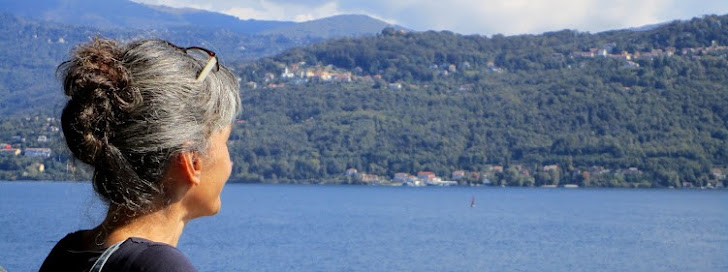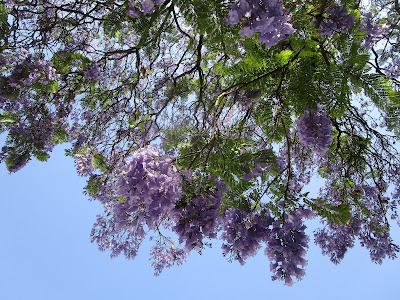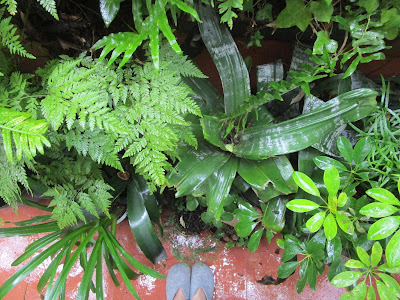The Craftsman "(...) focuses on the intimate connection between hand and head. Every good craftsman conducts a dialogue between concrete practices and thinking; this dialogue evolves into sustaining habits, and this habits establish a rhythm between problem solving and problem finding." Richard Sennet, 2009. The Craftsman.
Monica Pinheiro, license CC BY-NC-SA ( CC )




















